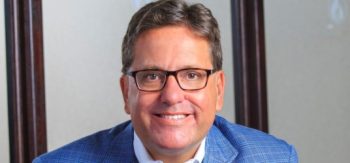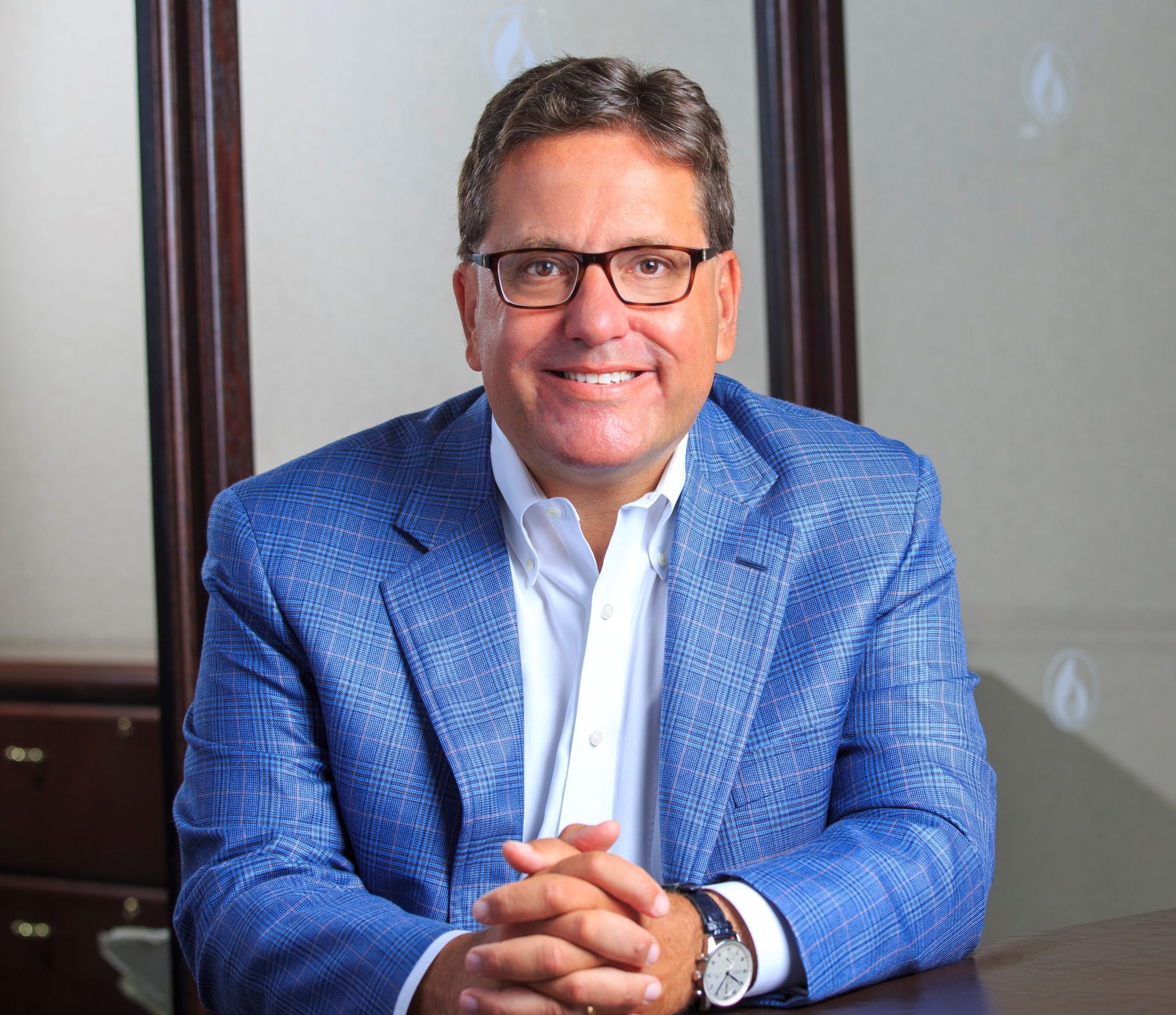
New York State’s Energy and Climate Policies are at a Crossroads. Which Path Will We Choose?
It’s now been more than five years since the passage of New York State’s landmark Climate Leadership and Community Protection Act (Climate Act), and with each passing day it becomes increasingly clear that achieving the Climate Act’s goals will take considerably longer than the state envisioned. Without major course correction, implementing the law according to the state’s current plan will also be extraordinarily expensive – a reality made even more concerning by the fact that a comprehensive cost estimate for these sweeping measures still hasn’t been provided.
Since the Climate Act was passed, New York State has decommissioned more than five gigawatts of mostly nuclear and natural gas-fired electric generation; yet we’ve added just over two gigawatts of wind and solar generation to fill the gap. Even if every renewable project currently in the development queue somehow comes to fruition on schedule and without issue, the State admits that we will fall well short of the Climate Act’s “70×30” requirement (for 70% of electricity from renewable energy by 2030).
Amid these delays, the average cost of electricity in New York has increased by 40% since the Climate Act was passed, from $.17 per kilowatt hour in March 2019 to $.25 this October. And as we’ve seen, most electric utilities in the state have filed for 20%+ rate increases to cover the initial costs of complying with the Climate Act.
But this is just the tip of the affordability iceberg. The New York Cap and Invest (NYCI) carbon pricing program, expected to take effect next year, could increase the average residential customer’s yearly natural gas heating costs by more than $500. And if the relentless push to ban natural gas for home heating is successful, New Yorkers would be forced to electrify their homes – at an estimated cost of $20,000 – $50,000 per household. The NY HEAT Act, which was passed by the New York State Senate earlier this year, had promised to limit energy costs borne by the low-income population to 6% of their income. But how will everyone else afford it?
These facts beg the question: will we continue barreling down the current path (i.e., electrify everything as soon as possible, regardless of the downsides) or will our elected officials and policy makers consider a more reasonable approach for reducing New York State’s emissions? The recent convening of the New York State Energy Planning Board provides a forum for a careful reassessment of the current circumstances and the opportunity for energy policy resets based on technical feasibility and economic realities. Instead of continuing to pursue extreme, counter-productive measures, let’s let the Planning Board process, which will result in an updated state energy plan, play out.
Encouragingly, Governor Kathy Hochul has recently expressed concern with the feasibility and downsides of the current emissions reduction path. “The costs have gone up so much I now have to say, ‘What is the cost on the typical New York family?’” the governor stated in a recent interview. “The goals of the Climate Act are still worthy. But we have to think about the collateral damage of these decisions. Either mitigate them or rethink them.”
Back in September, Governor Hochul convened the Future Energy Economy Summit in Syracuse, attended by energy experts from across the state, to spur much-needed discussion around two undeniable truths: the demand for energy in New York is rising, and exploring innovative energy technologies is crucial for meeting that demand.
To this end, Governor Hochul has also recently expressed support for an “all of the above” energy strategy, recognizing the need to supplement renewables with other low- and no-carbon energy sources to achieve the Climate Act’s emissions reduction targets.
For several years now, an “all of the above” approach is precisely what National Fuel has advocated for as well. We believe an “all options” pathway that doubles down on energy efficiency and embraces a broad range of solutions is the optimal path forward because it can meet the state’s emissions reduction goals while safeguarding energy affordability and reliability.
The hallmarks of our “all of the above” pathway include the following priorities and initiatives, for which we will continue to advocate:
Hybrid Heating – Promoting the use of “hybrid” home heating systems that pair a gas furnace with a standard heat pump, which is superior to full electrification natural gas heating in terms of total cost, cost per emissions reduction, and several other non-cost factors including comfort and reliability. This solution is especially beneficial for the colder regions of our state.
Weatherization and Energy Efficiency – Prioritizing projects and programs that provide for increased weatherization of New York’s buildings to reduce greenhouse gas emissions through energy efficiency, improved building envelopes and reduced energy use, no matter what the source is.
Renewable Fuel Standard/Clean Heat Standard – Accelerating the development of renewable natural gas and other low- and no-carbon fuels, which can support the achievement of the state’s emissions reduction goals while also reducing strain on the electric grid.
Low-carbon Fuels – Supporting decarbonization of the natural gas system generally and for hard-to-electrify sectors, such as transportation and industrial, by developing and utilizing the existing gas industry workforce through expansion of the renewable hydrogen industry in New York. Additionally, accelerate the use of renewable natural gas, a “drop in” reliable fuel that is fully interchangeable with conventional natural gas that can be used without equipment change-out.
We all agree we need to continue to make progress in reducing New York State’s emissions, but doing so doesn’t require sacrificing energy affordability or reliability. Instead, let’s call on New York’s elected officials and policy makers, during the 2025 legislative session, to allow the State’s Energy Planning Board to be the vehicle for recalibrating and resetting energy policy solutions.
David P. Bauer is President and Chief Executive Officer of National Fuel Gas Company.

